
You would think that soapy suds are a good thing in the washing machine. In a very controlled sense, they are. Suds are activated soap, foaming and cleaning your clothes. However, washing machines are only meant to hold so much volume, and too many suds can quickly overwhelm a tidy residential machine. Sudsing is a common problem for anyone doing laundry at home, especially if you are new to your washing machine or your brand of detergent. It’s important to correctly balance your washer, detergent selection, and detergent amount, along with a few other things to ensure your clothes are cleaning at the optimal non-sudsing level. Let’s explore the top six reasons why your washer might be over-sudsing through the door, in the tub, or out the drain hose and how to fix it.
1) The Wrong Detergent
Most washing machines sold today are “HE” or High Efficiency units. This means they are designed to use less water and to use a smaller amount of concentrated soap. However, because there are still millions of non-HE machines in use and a few still in production, there are now two kinds of detergent on the shelf: Regular and HE laundry detergent.
It’s very easy to accidentally pick up the wrong detergent at the store. If this is your first time with an HE washer, you may not have realized that it’s time to change up your usual brand or bottle. If your washer is over-sudsing, check your detergent bottle and the washer. If the washer says “HE” and the detergent doesn’t, there’s your problem.
It’s also possible to over-suds using HE detergent in a normal washer, especially if you use the normal (instead of small-cap-reduced) amount. HE detergent is concentrated, so it’s important to use less of it than you would normal detergent.
2) Too Much Detergent
It is absolutely possible to put too much of any kind of detergent into your washer. For each load of laundry, your washer needs to balance water with detergent levels. Too much detergent and not enough water equals big soapy suds instead of a quick wash with no suds left behind. Whether you have an HE washer or standard washing machine, watch how much detergent you’re putting into the cup.
Most of the time, you can wash with a little less than the ‘cap line’ marker indicates (detergent companies are trying to sell more detergent, after all) but never put in more than the marked cap line. Too much regular detergent will suds up any machine, and too much HE detergent can get seriously out of hand because of the concentrated formula.
3) Built-Up Old Detergent
Believe it or not, your washer can also “add too much detergent” even if you put in the right amount. It does this with detergent buildup. Certain types of water and detergent combinations can result in a buildup either in the detergent cup or inside the washer basket itself. This buildup leaves a residue of old soap on the inner surfaces of your washing machine. If soap builds up, it can still be released into your laundry loads when the washer agitates.
This can add more soap to each wash load than you meant to add, which can create the excess of suds you are seeing now. Detergent buildup is most common with homes that turn hard water and also produce limescale.
The solution to both detergent and scale building up inside your washer is an empty vinegar wash. Pour two to four cups of white vinegar into your washing machine (or through your soap cups) and then run the entire thing on hot – without any laundry inside. The acidity of the vinegar will help break down the old detergent and the scale at once. The empty load will also activate all that old detergent without any new detergent or clothes to suds up on.
4) Clogged Drain Hose
Sometimes, it just a matter of perfectly normal suds being unable to escape your washer before the rinse cycle is through. When something can’t escape your washer or the drain hose is the one spilling suds, the drain is where your problem is lurking. It might be the drain hose, perhaps folded or clogged with an escapee undergarment. It might also be the drain beyond your washer or even the sewer beneath. Any clog in the system that prevents your washer from flushing out rinse-water can also result in lingering suds.
First, investigate your drain hose and remove any clogs. Then snake the drain beyond to make sure it’s clear. Test your washer again to see if the problem persists after both drains elements are clear.
5) Broken Drain Pump
If your drain isn’t to blame, it might be the drain pump. This is the little motor pump that sucks spun–out water from the tub into the drain hose. If your drain pump gets clogged or breaks, then your washer drain can’t do its job. If your washer drain can’t do its job, then suds can’t escape and you may find your washer still full of suds when the cycle is officially over.
Open up the back of your washing machine to investigate the drain pump. Clear the lines of any clogging socks and check the seals. Use a multimeter to confirm whether the drain pump is still functional, then put everything back together and run another test load of laundry. If the drain pump is broken or nonresponsive, replace it before reassembling the washer.
6) Soft Water in a New House
Lastly, let’s talk soft water. 90% of American homes have hard water – that is minerals in the water that make your skin dry, leave a white residue on stuff, and prevents soap from sudsing at maximum capability. We’re used to our soaps being a little under-powered. However, 10 lucky percent of American homes run soft water – without the hard minerals that keep detergent from sudsing.If you have recently moved to a home that naturally runs soft water – or one with a water softener installed – you may not be used to the new sudsy power of soap in water without hard minerals. It may be necessary to start using about 3/4 the soap (including laundry detergent) that you normally use due to the improved power of sudsing in a soft-water house.
Controlling a Suds-Happy Washer
If your washing machine is prone to over-sudsing even with careful treatment and the right detergent – there are a few things you can do. You can use less detergent. You can toss a cup of vinegar into each load (it washes clean without smell) which will reduce the in-washer sudsing. You can also add fabric softener to your clothes, but only do this for every-other load to avoid softener buildup on the fabrics.
If your washing machine is producing too many suds or if suds are still present when the washer is done – you can take action. Try any of the previous solutions or call an appliance repair technician to take a look at your over-sudsing washer.

How to Reset a Whirlpool Refrigerator Ice Maker
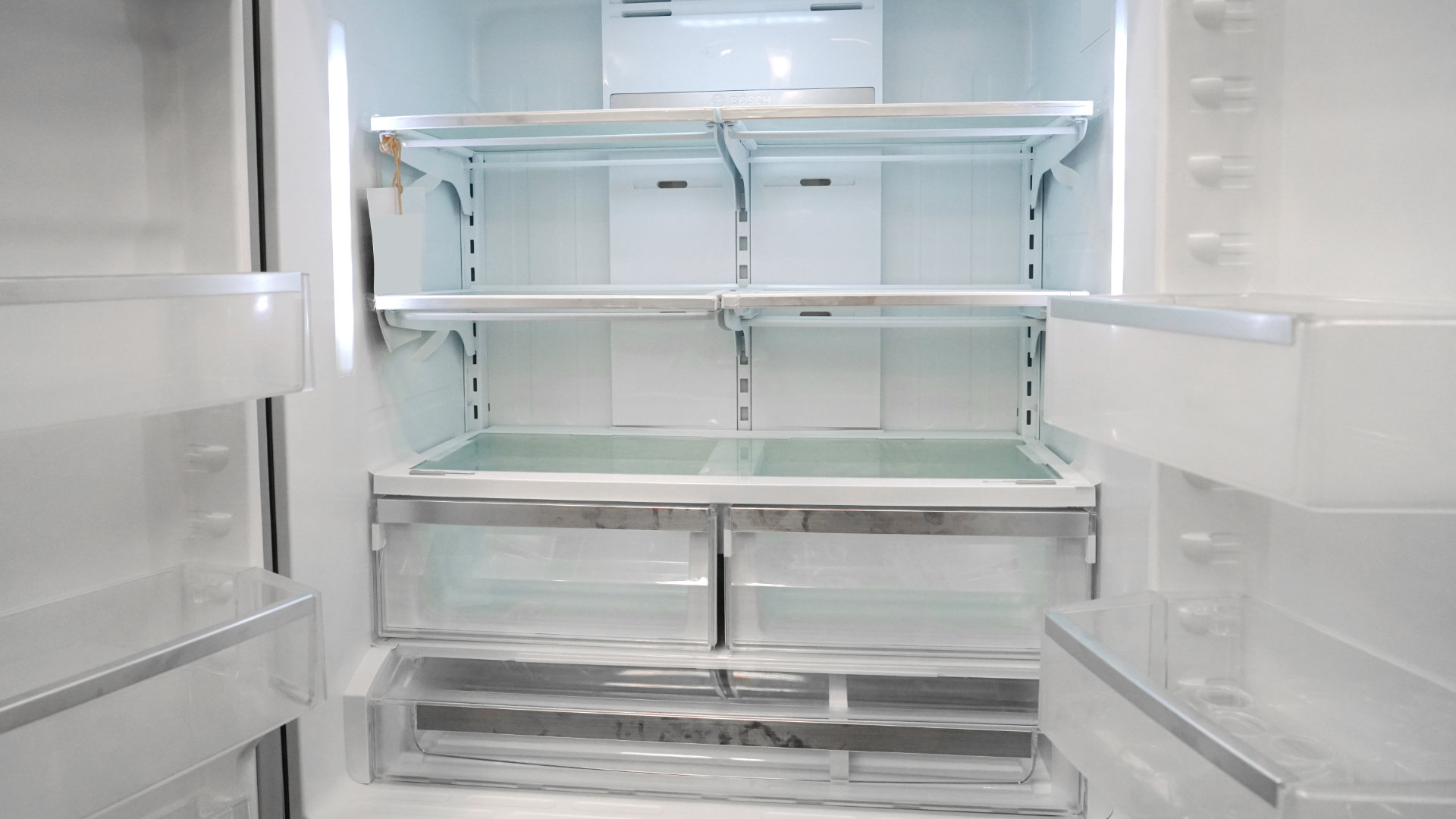
6 Reasons Your LG Refrigerator Is Not Making Ice

Kenmore Fridge Ice Maker Not Working? 5 Ways to Fix It
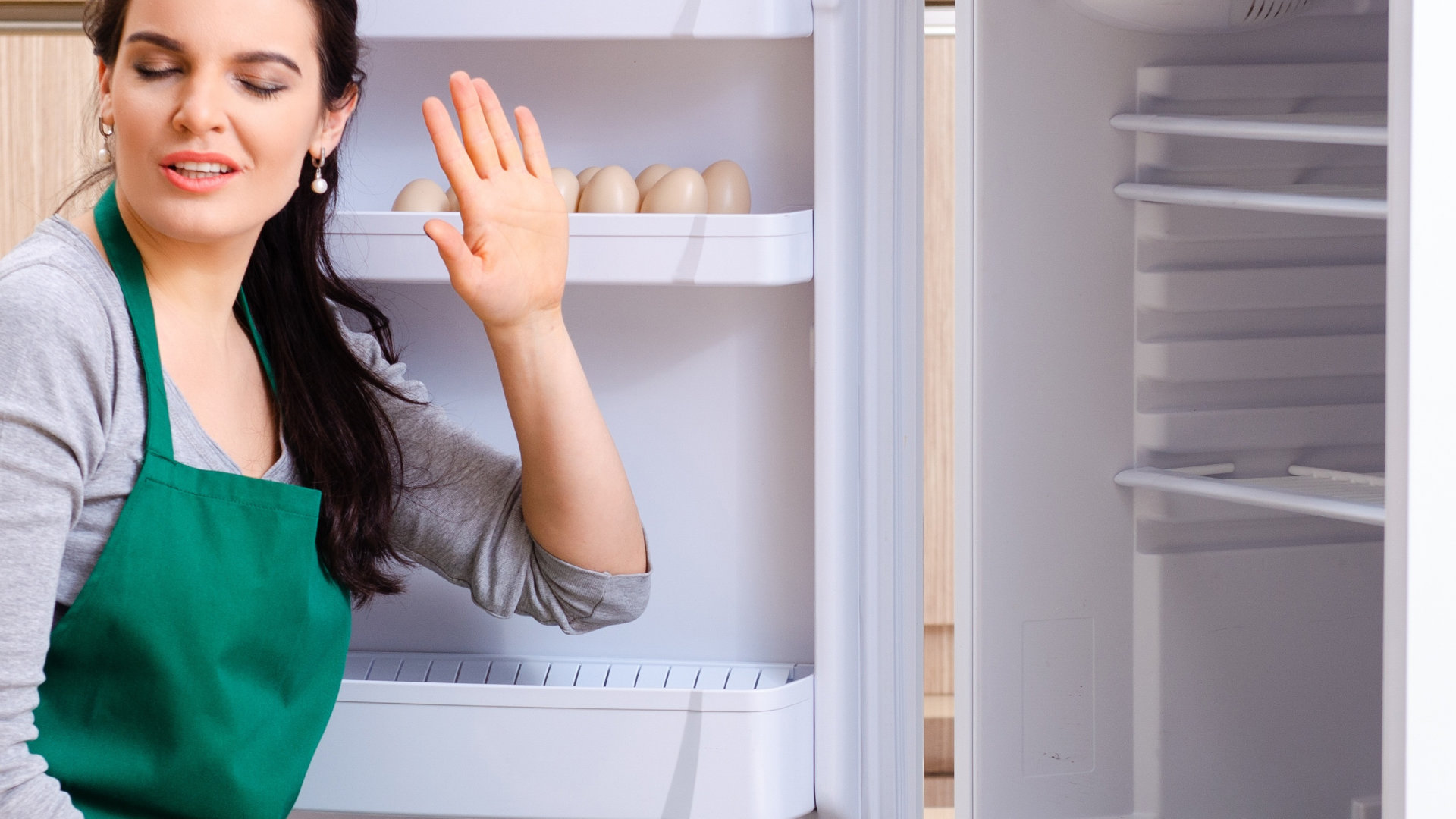
How to Remove Fish Smell from Your Refrigerator
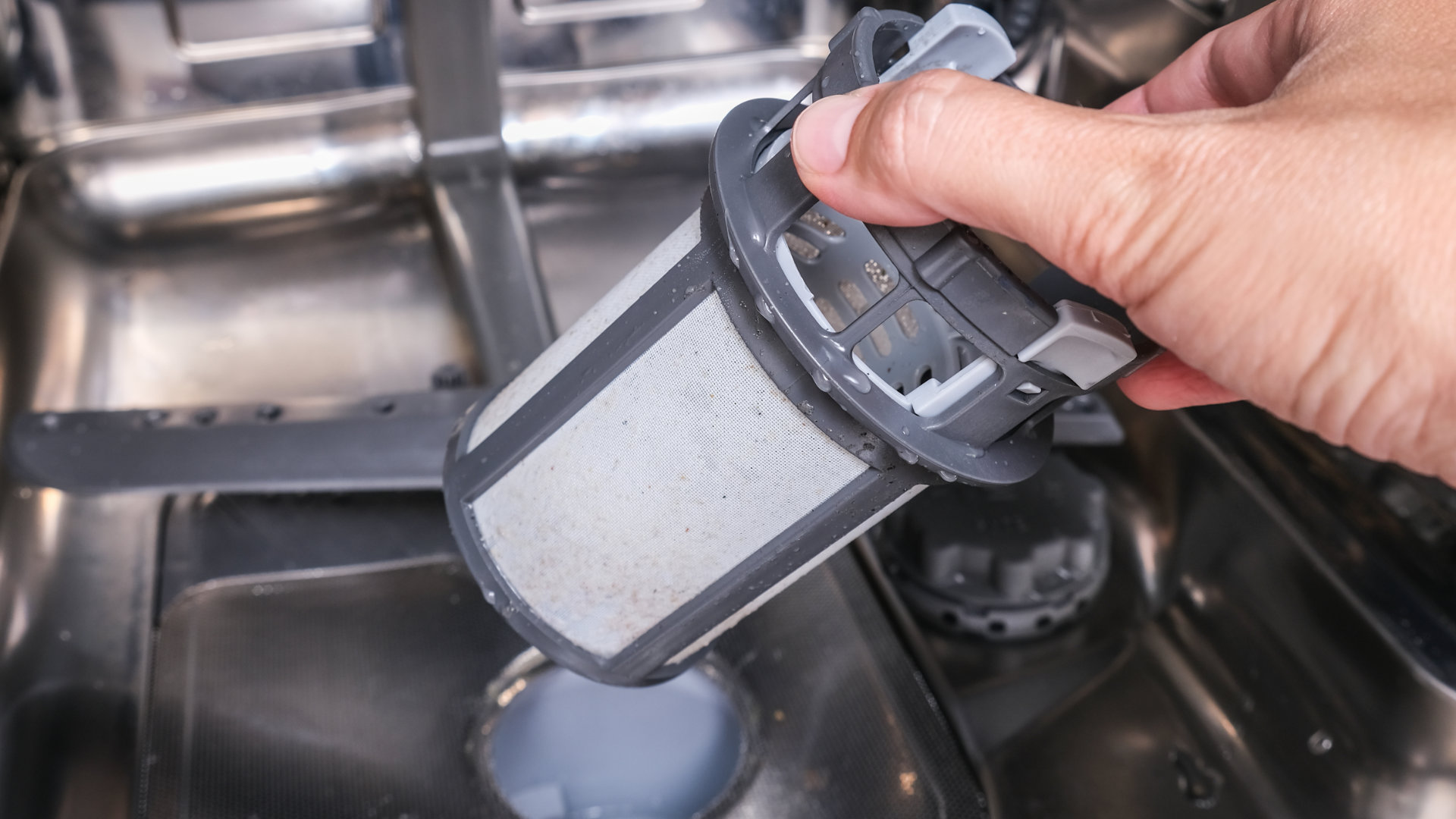
How To Fix Bosch Dishwasher E24 Error
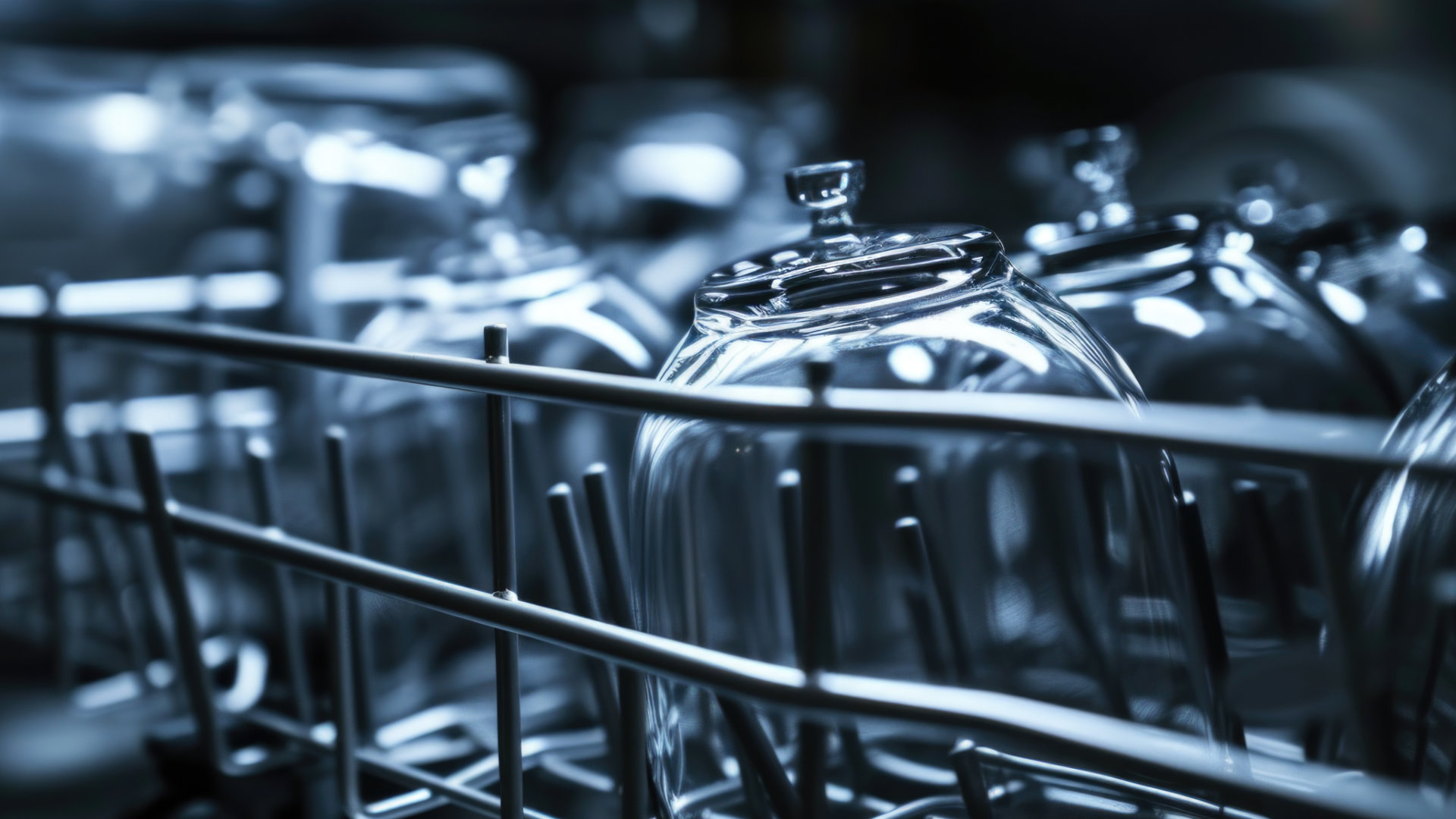
Troubleshooting a Whirlpool Dishwasher Not Draining

Why Is Your Fridge Water Not Working, but Ice Is?

How to Fix the E15 Bosch Dishwasher Error Code

How Much Power Does a Microwave Use?

How to Properly Clean Refrigerator Coils
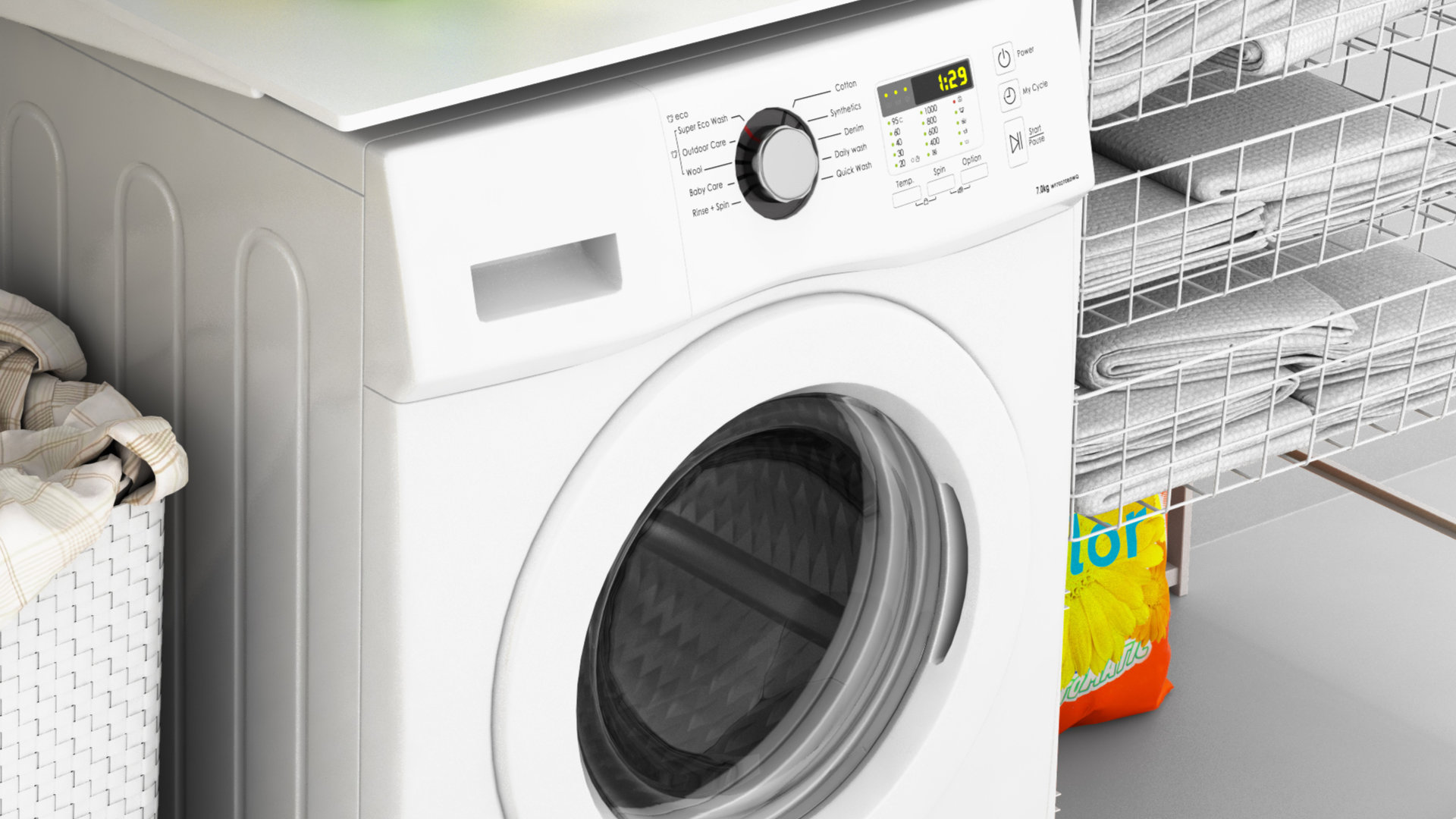
How to Fix an LG Washer Showing OE Error Code

Troubleshooting a GE Dishwasher with No Power and No Lights

10 Reasons Why Your Bosch Dishwasher Won’t Start

Troubleshooting the F5 Error Code with a Maytag Washer


